Exploring Taoist Texts: Insights from Laozi’s Tao Te Ching and Zhuangzi’s Teachings
Have you ever wondered how to live with less struggle and more flow?

Many of us have moments where we yearn for a way to live with more ease, to find peace in the midst of busyness. If our last post introduced you to the main ideas of Taoism—like Wu Wei (effortless action) and the balance of opposites, today, we’re taking things further. Through the ancient wisdom of Laozi’s Tao Te Ching and the teachings of Zhuangzi, Taoism offers more than ideas; it’s a practical path toward living with harmony and simplicity.
Let’s explore together how these texts can help us navigate modern life’s stresses and find a shared path toward balance and peace.
The Tao Te Ching and Living the Tao
The Tao: Moving Beyond Ideas to Experience

For many of us, the Tao, or "Way," may sound abstract at first—a distant concept. Yet, Laozi’s Tao Te Ching brings it close to home. It’s a guide for moving with life’s natural rhythms instead of pushing against them. The Tao isn’t about having all the answers but about cultivating a mindset that helps us flow more easily through life. Rather than trying to control everything around us, the Tao encourages a gentle, flexible approach, much like the Stoic acceptance of things beyond our control.
Collective Reflection: What might happen if we approached our daily lives with fewer labels or judgments? Imagine observing a frustrating situation without immediately deciding whether it’s “good” or “bad.” Could letting events unfold naturally help us find a surprising sense of peace?
Wu Wei: Effortless Action

In the Tao Te Ching, Wu Wei, or “effortless action,” invites us to act without forcing outcomes. Think of it like swimming with the current instead of against it. Wu Wei isn’t about avoiding action altogether but about finding ease in our efforts. This often means fully engaging in the moment rather than constantly worrying about results.
Try This: Choose a small task today—maybe cooking, organizing, or even responding to an email—and approach it without rushing or setting rigid expectations. Imagine how it feels to just be present and see what unfolds.
Simplicity: The Wisdom of “Enough”
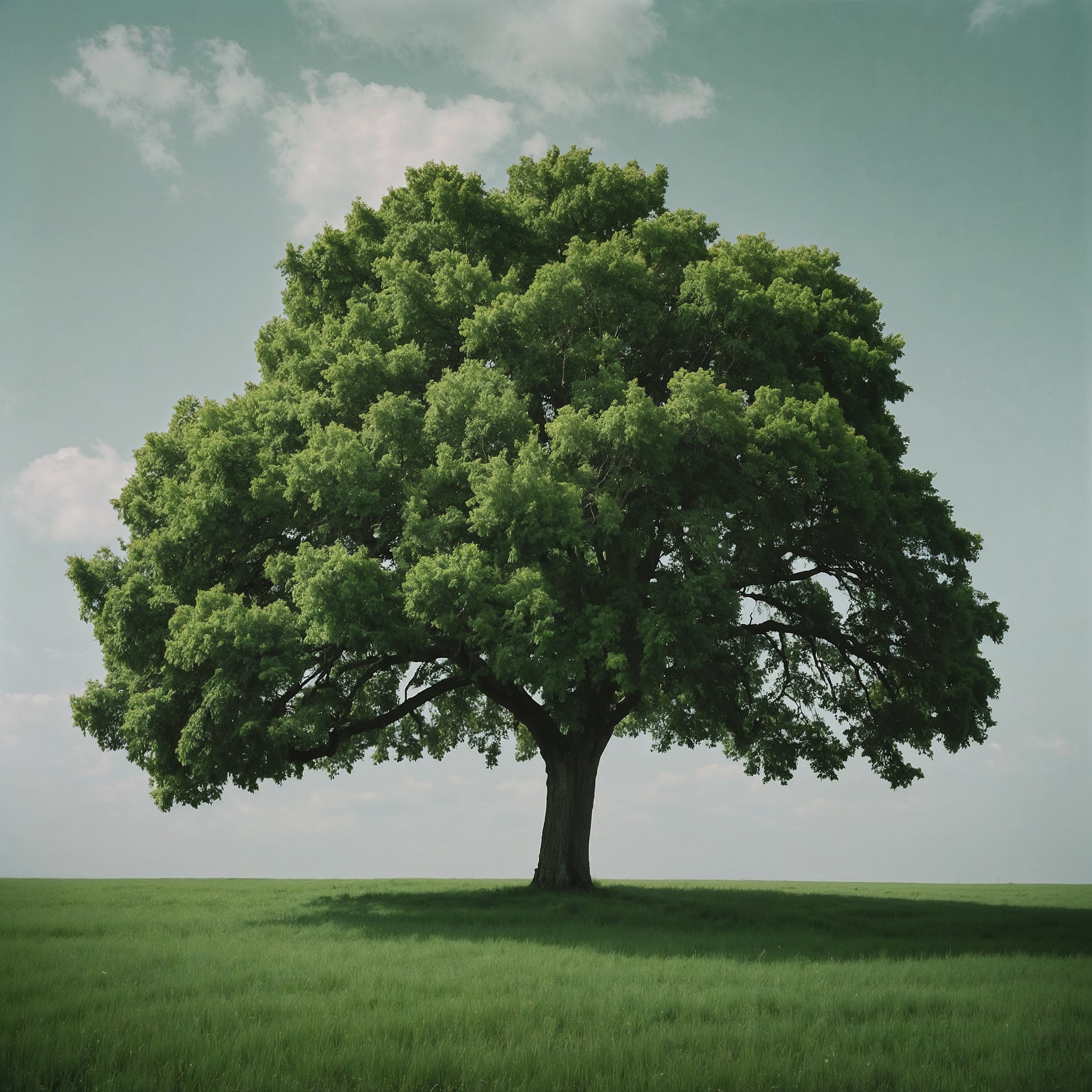
Laozi believed that true wealth comes from valuing what we already have. In a world that often equates “more” with “better,” this idea of simplicity can feel refreshingly freeing. This principle resonates in both Taoism and Stoicism: by practicing gratitude for “enough,” we invite clarity and contentment.
Practice: Consider how simplifying one area of your life (whether it’s decluttering a room or streamlining your schedule) could bring you more focus and peace.
Zhuangzi’s Teachings: Finding Freedom and Flexibility
Seeing Life from Different Perspectives

Zhuangzi’s teachings add humor and flexibility to Taoist thought. Through his famous butterfly dream, he questions whether he’s a man dreaming he’s a butterfly or a butterfly dreaming he’s a man. This story encourages us to stay open to new ways of seeing, reminding us that reality is rarely fixed. Sometimes, just changing our perspective can open up new possibilities we hadn’t seen before.
Reflection: If we’re facing a challenge, what if we took a step back and considered it from another angle? Maybe there’s something valuable we’re missing by seeing it in only one way.
Living Freely, Beyond Social Expectations
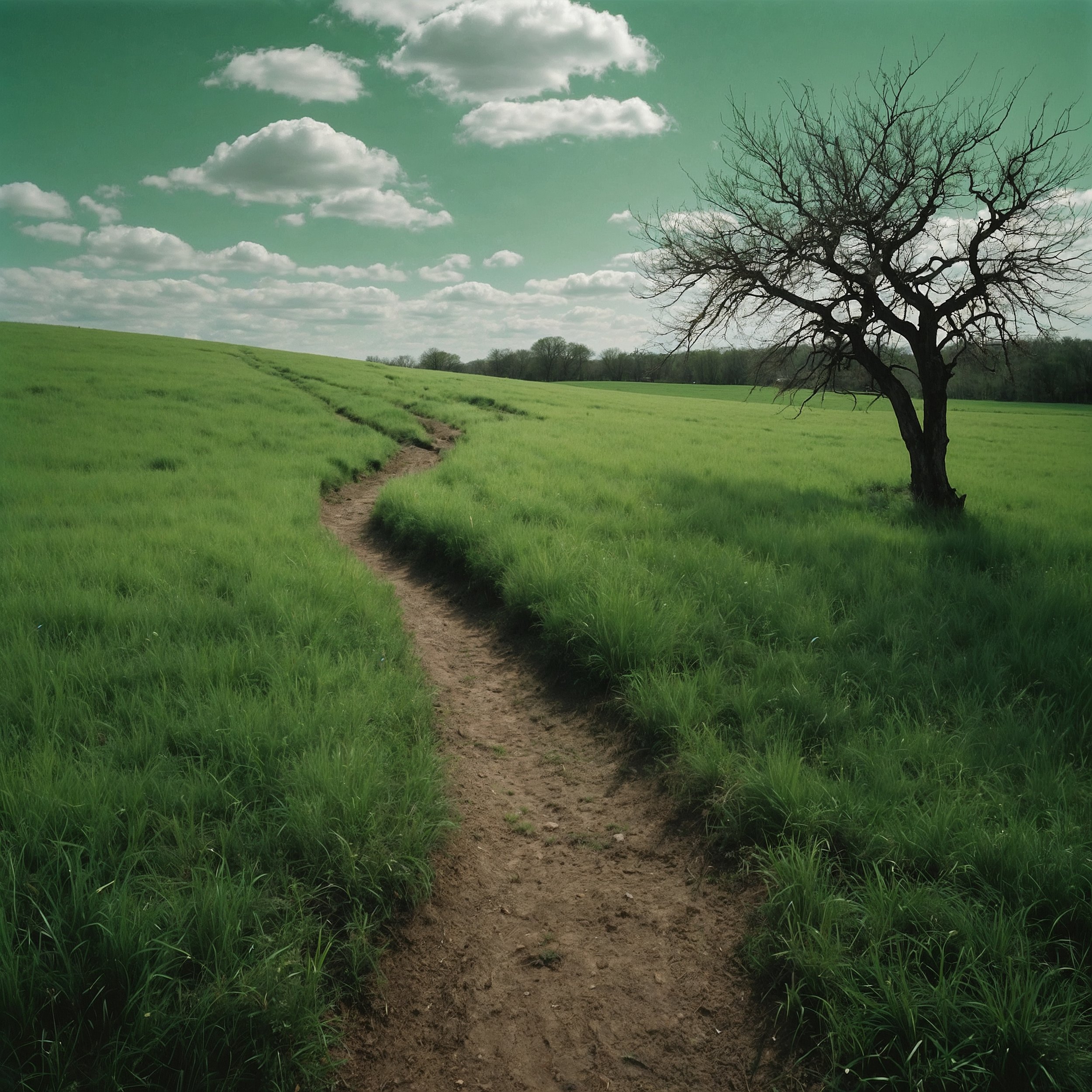
Many of us know what it’s like to feel pressure to live up to social standards or expectations. Zhuangzi’s teachings encourage us to live authentically, in line with our own values rather than societal pressures. In the spirit of Staoicism, we’re reminded to focus on what genuinely resonates with us, letting go of the need to meet external standards that don’t serve us.
Reflection: Think of a situation where you feel a strong pressure to conform. What might happen if you gently questioned this pressure? Could letting go of it create space to live more freely?
Harmony with Nature
Zhuangzi taught that, just as nature flows without effort, we too can find ease when we align with life’s natural rhythms. His perspective on living in harmony with nature complements the Stoic idea of amor fati, or loving one’s fate. Instead of resisting life’s changes, embracing them as part of a greater balance can bring us peace.
Try This: Take a few minutes to notice nature around you—whether it’s a tree, the sky, or even an indoor plant. How does nature’s steady, effortless growth inspire you to embrace change rather than resist it?
Bringing It All Together: The Staoic Approach to Taoist Ideas
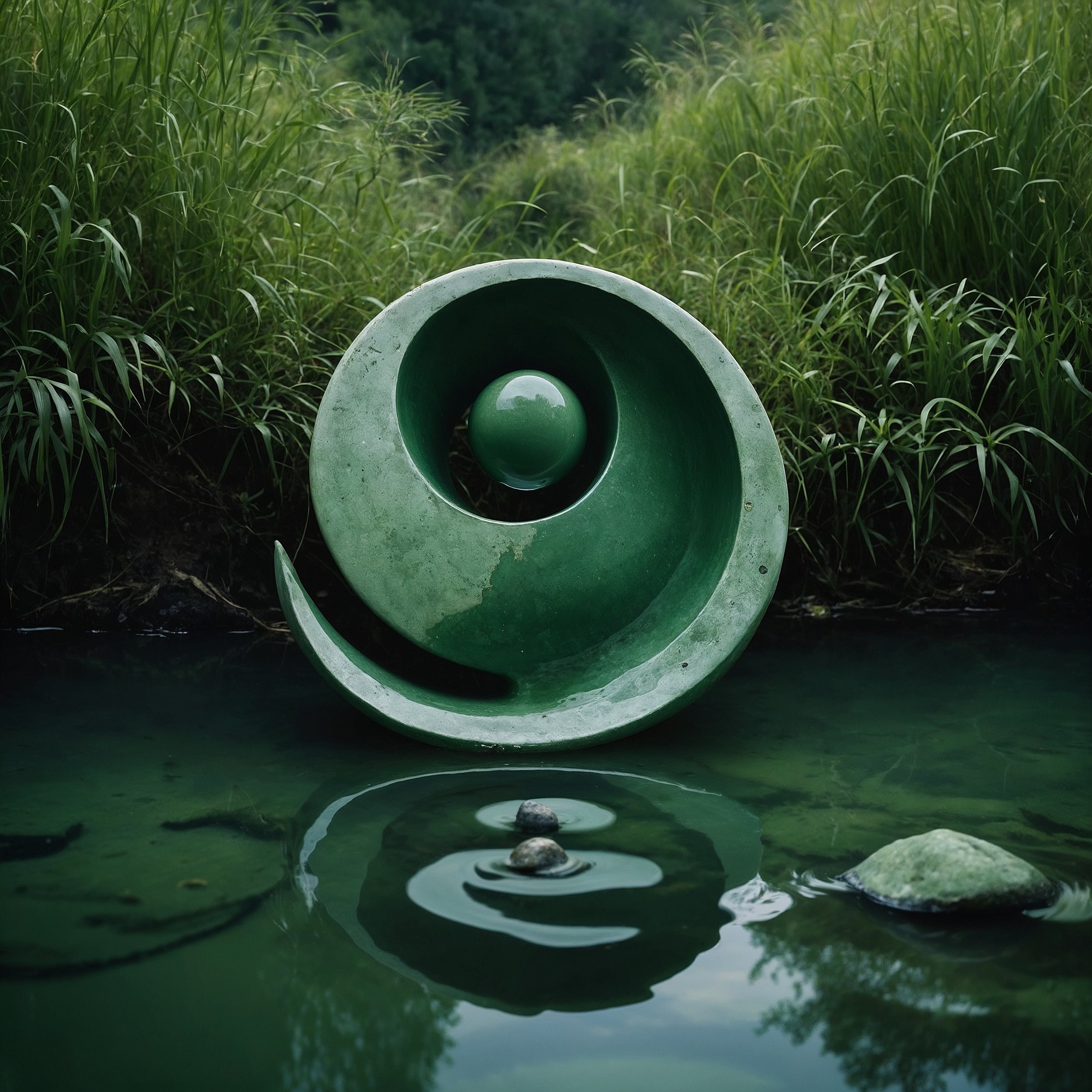
Balancing Action and Acceptance
In both Taoism and Stoicism, we find a balance between acting with purpose and accepting what’s beyond our control. While Taoism’s Wu Wei teaches us to flow with life, Stoicism values action aligned with our values. Together, these ideas offer a Staoic path that encourages calm, focused action without excessive force. Imagine a life where we respond mindfully to life’s demands, choosing to act when it aligns with our values and letting go when it doesn’t.
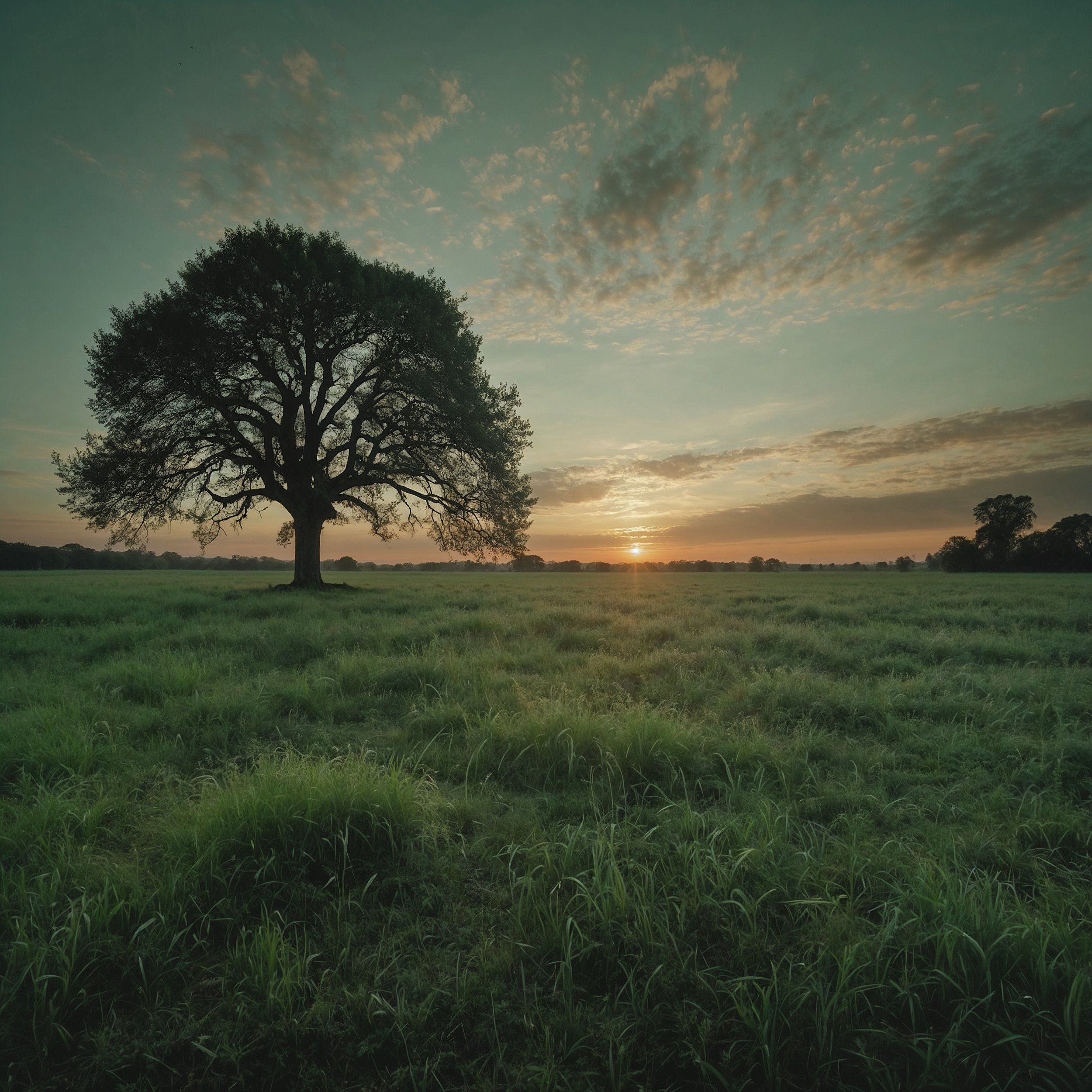
Accepting Life’s Ups and Downs
The concept of Yin and Yang—opposing forces in balance—reminds us that life’s cycles of joy and struggle are both valuable. Zhuangzi’s teachings encourage us to see that all of life’s moments contribute to our journey. By embracing both highs and lows, we cultivate resilience and peace, finding purpose in every season of life.
Reflection: Think of an area where you could be more accepting of life’s cycles. It could be a challenging relationship or a period of personal growth. How might embracing both positive and difficult moments bring a sense of balance and ease?
Self-Reflection Exercise: Practicing Wu Wei
Try This Simple Exercise:
Pick a Daily Task: Choose something simple, like preparing a meal or going for a walk.
Do It Slowly and Mindfully: Focus on the task without rushing or thinking about the outcome.
Reflect on the Experience: How does it feel to engage fully in the present moment? Did you notice any difference?
Conclusion
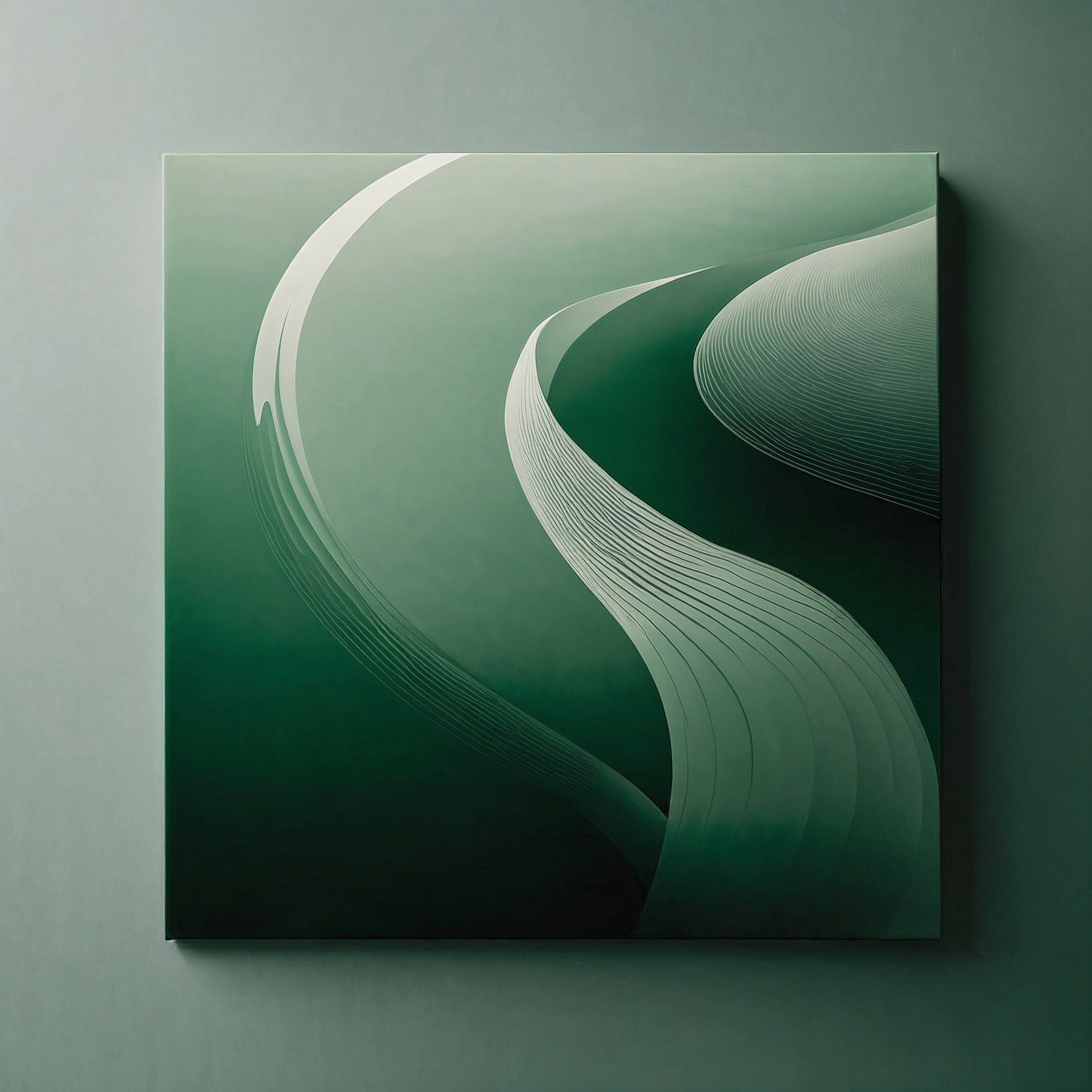
Through Laozi texts and Zhuangzi, Taoism offers a shared path to balance and flow, encouraging us to embrace simplicity, freedom, and mindful action. Together, as we explore these teachings, we’re reminded that true peace doesn’t come from controlling life but from learning to move with it.
In Staoicism, this gentle approach means practicing Wu Wei not as a way of escaping challenges, but as a way of facing them thoughtfully. It’s about learning to flow when we can and stand firm when we must, responding to life’s changes with calm and resilience. By blending Stoic strength with Taoist flow, we can find balance in both action and acceptance.
Reflect: What parts of Taoist wisdom and Stoic resilience resonate with you? Where in your life could you apply Wu Wei or try a new perspective? Share your thoughts below, and let’s learn from each other as we explore these insights together.
Want to go deeper into Staoicism? Sign up for our newsletter to receive weekly reflections on blending Stoic resilience and Taoist flow. Join our community on this journey to a life where calm, balance, and courage lead the way.
🌊 The Ripple Zone
🔗 Navigate the Flow: Visit the Staoic Compass to find all insights in one place.
🎥 Watch the related video : Taoism, the Way of Balance – Discover Harmony in Life’s Flow [ … ]
📩 Stay in the Flow: Subscribe to our newsletter for weekly Staoicist wisdom.
💬 Share your thoughts below: How does this resonate with your journey?
